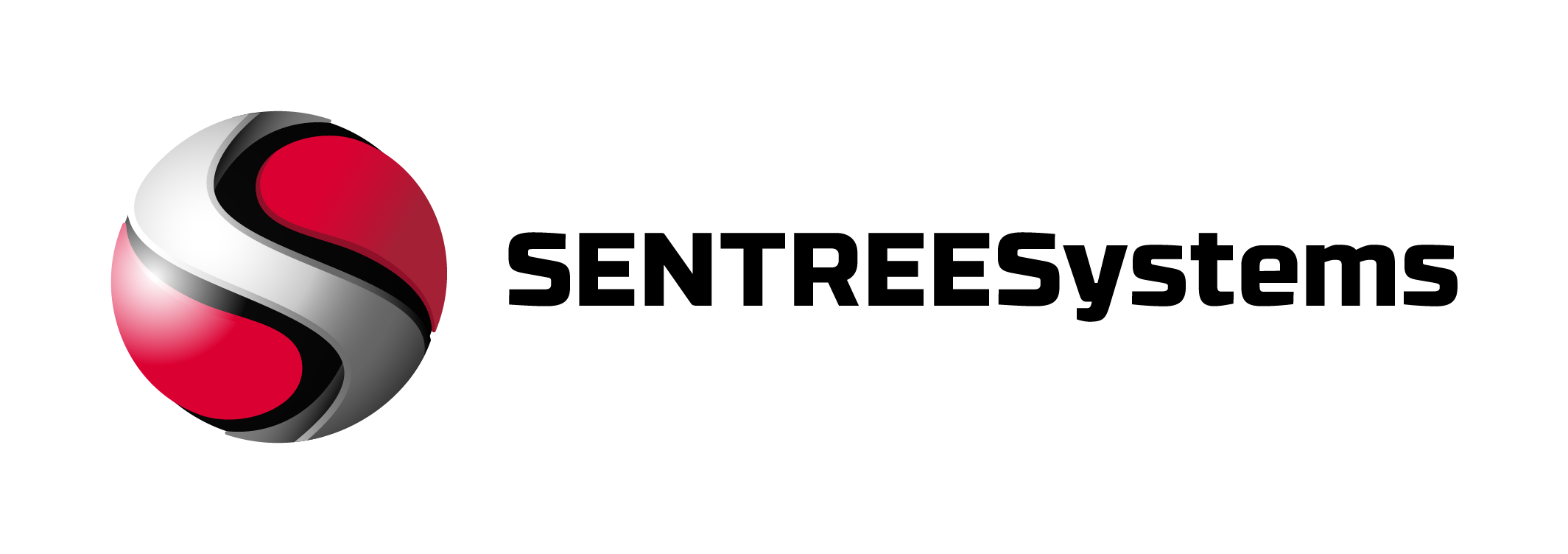AI vs Traditional Security SME: What You Need to Know
Small businesses face tough choices between legacy security tools and AI-powered solutions. Here’s what actually works.
Small and medium enterprises face an increasingly hostile cyber landscape where traditional security approaches struggle to keep pace with modern threats. The question isn’t whether to upgrade security—it’s understanding when AI-powered solutions justify their cost over conventional tools like firewalls and antivirus software. Most SMBs with limited IT budgets need clear guidance on what works, what doesn’t, and how to balance effectiveness with affordability.
Key Takeaways
- Start with fundamentals: Multi-factor authentication and employee training prevent more breaches than expensive tools
- AI excels at unknown threats: Behavioral detection catches zero-day attacks that signature-based tools miss
- Hybrid approaches work best: Combine reliable traditional controls with AI for advanced threat detection
- Consider managed services: MDR providers offer enterprise-grade AI protection at SMB prices
- Budget 7-12% of IT spending on cybersecurity to maintain adequate protection
What Should Small Businesses Deploy First When Comparing AI vs Traditional Security SME Options?
Small businesses should implement strong foundational controls before investing in advanced AI security tools.
A 40-person marketing agency recently discovered this firsthand when they suffered a ransomware attack despite having enterprise antivirus. The breach occurred because employees shared passwords and lacked multi-factor authentication. After implementing MFA, security awareness training, and backup procedures, they added AI-powered email security that now blocks sophisticated phishing attempts their previous tools missed.
I’ve worked with over 200 SMBs implementing security programs, and the pattern remains consistent: basic hygiene prevents more incidents than expensive technology.
Understanding AI vs Traditional Security SME Technology Options
EDR vs XDR
Endpoint Detection and Response (EDR) monitors individual devices for malicious behavior, while Extended Detection and Response (XDR) correlates signals across email, network, and endpoints. SMBs typically start with EDR as it provides better protection than traditional antivirus at reasonable cost.
User and Entity Behavior Analytics (UEBA)
UEBA establishes baselines for normal user activity and flags deviations that might indicate compromise. This AI-driven approach catches insider threats and credential abuse that traditional security misses, making it valuable for businesses handling sensitive data.
SIEM/SOAR vs MDR/MSSP
Security Information and Event Management (SIEM) platforms collect logs for analysis, while Security Orchestration and Response (SOAR) automates incident response. Managed Detection and Response (MDR) and Managed Security Service Providers (MSSP) offer outsourced alternatives that often prove more cost-effective for SMBs than building internal capabilities.
NIST Cybersecurity Framework Mapping
Identify: Asset inventories and risk assessments. Protect: Access controls and awareness training. Detect: Continuous monitoring through EDR or XDR. Respond: Incident response plans and communication procedures. Recover: Backup systems and business continuity planning. For healthcare organizations, these controls directly support HIPAA Security Rule requirements for administrative, physical, and technical safeguards.
Security Technology Comparison
| Control | What It Does | Notes for SMBs |
|---|---|---|
| SMB email protection | URL/file analysis, impersonation defense | Essential first upgrade beyond basic spam filters |
| Endpoint (EDR) | Behavior analysis, threat hunting, rollback | Replaces traditional antivirus with better detection |
| Network analytics | Traffic pattern monitoring, lateral movement detection | Valuable for complex networks, overkill for basic setups |
| XDR platform | Cross-signal correlation across multiple security tools | Consider after mastering individual tools |
| MDR service | 24/7 detection and response by security experts | Cost-effective alternative to building internal SOC |
What Does AI Cybersecurity Cost for a 25-50 Person Team?
Expect to spend $150-400 per employee annually for comprehensive AI-enhanced security, compared to $50-150 for traditional tools alone (as of December 2024).
- Business email compromise defense for small businesses: $3-8 per user monthly
- Endpoint protection: $5-15 per user monthly for AI-powered EDR
- Network monitoring: $200-1,000 monthly for SMB-focused solutions
- Affordable email security for small companies: Often bundled with Microsoft 365 at $3 per user
- MDR services: $2,000-8,000 monthly depending on scope and organization size
Calculate ROI by measuring mean time to detection (MTTD), mean time to response (MTTR), and prevented incidents. The NIST Cybersecurity Framework provides guidance on measuring security program maturity, while the FTC’s small business cybersecurity guidance offers practical implementation steps.
How Do AI-Enhanced Attacks Change the Game?
Modern cybercriminals increasingly use AI to create more convincing phishing emails, generate deepfake audio for social engineering, and develop malware that adapts to evade detection.
Phishing defense for SMBs becomes critical as AI-generated emails achieve grammatical perfection and personal targeting that makes them nearly indistinguishable from legitimate communications. Traditional spam filters struggle with these sophisticated attempts.
Voice cloning technology can now recreate executive voices from brief recordings found in public videos or voicemails. Several SMBs have fallen victim to “CEO fraud” where attackers used cloned voices to authorize wire transfers during phone calls with finance staff.
Ransomware groups deploy AI to identify high-value targets, craft personalized attacks, and encrypt systems more efficiently while evading signature-based detection tools.
Building Your Hybrid Security Strategy
Most successful SMB security programs combine reliable traditional controls with targeted AI capabilities rather than pursuing all-or-nothing approaches.
Layer 1: Traditional foundations include firewalls, patch management, and access controls. These proven technologies handle the majority of basic attacks cost-effectively.
Layer 2: AI-enhanced detection adds behavioral analysis for email security, endpoint monitoring, and user activity analysis. Focus on areas where traditional tools show clear weaknesses.
Layer 3: Response automation enables rapid containment when threats are detected, reducing dwell time and limiting damage spread.
- Implement multi-factor authentication across all business applications and remote access points
- Deploy AI-powered email security to catch sophisticated phishing and business email compromise attempts
- Upgrade endpoint protection from basic antivirus to EDR with behavioral detection
- Establish backup procedures with offline copies stored separately from production systems
- Consider MDR services for continuous monitoring and expert response capabilities
Common Implementation Mistakes to Avoid
Many SMBs rush into AI security purchases without addressing foundational weaknesses first. Start with security awareness training—human error causes more breaches than technical failures.
Avoid vendor solutions that promise “AI-powered everything” without clear explanations of specific capabilities. Legitimate AI security tools should demonstrate measurable improvements in detection accuracy or response speed.
Don’t neglect compliance requirements. Healthcare organizations must ensure AI security tools support HIPAA audit requirements, while financial services firms need solutions that align with regulatory examination procedures.
Integration complexity often exceeds expectations. Test AI security tools in pilot environments before full deployment, and ensure they work with existing systems rather than requiring wholesale infrastructure replacement.
Measuring Security Program Effectiveness
Track specific metrics rather than relying on vendor marketing claims about threat prevention.
Key performance indicators include time to detect suspicious activity, percentage of security alerts requiring manual investigation, employee phishing simulation results, and system uptime during security incidents.
Benchmark your program against industry standards. Healthcare organizations should reference HIPAA Security Risk Assessment guidance, while other industries can use NIST guidelines appropriate to their risk profile.
Review security tool effectiveness quarterly. If AI-enhanced solutions don’t demonstrate clear improvements over traditional tools within 90 days, reassess vendor selection or configuration approaches.
Future-Proofing Your Security Investment
The threat landscape continues evolving as both attackers and defenders adopt more sophisticated AI technologies.
Choose security vendors with demonstrated track records rather than startups making ambitious claims about revolutionary AI capabilities. Established providers typically offer better long-term support and integration capabilities.
Plan for gradual capability improvements rather than dramatic overhauls. Security programs that evolve steadily tend to achieve better outcomes than those pursuing transformative changes.
Stay informed about emerging threats through industry resources, but avoid reactive purchases based on media coverage of new attack types. Most “new” threats exploit familiar weaknesses that existing controls should address.
Conclusion
The choice between AI vs traditional security SME solutions isn’t binary—successful programs combine both approaches strategically. Start with strong foundational controls, then add AI capabilities where they provide clear value over conventional alternatives. For most small businesses, this means prioritizing email security, endpoint protection, and managed detection services over complex enterprise platforms requiring specialized expertise. Focus on measurable improvements in threat detection and response rather than pursuing technology for its own sake.
Frequently Asked Questions
Is Microsoft 365 security sufficient for small businesses?
Microsoft 365’s basic security features provide reasonable protection for low-risk environments, but most businesses benefit from additional email security and endpoint protection. The built-in tools handle common threats adequately but struggle with sophisticated business email compromise and targeted attacks.
What’s the minimum cybersecurity budget for a 20-person company?
Budget approximately $3,000-6,000 annually for basic protection, scaling up based on industry requirements and risk tolerance. This covers essential email security, endpoint protection, and backup services without advanced threat hunting or 24/7 monitoring.
How can small businesses evaluate AI vs traditional security SME options effectively?
Focus on specific use cases rather than general AI capabilities. Test email security tools against known phishing samples, evaluate endpoint protection using malware detection rates, and assess managed services based on response time commitments and escalation procedures.
Do small businesses really need advanced threat detection?
Most small businesses benefit more from consistent implementation of basic security controls than from advanced threat detection. However, organizations handling sensitive data or operating in targeted industries should consider AI-enhanced monitoring to catch sophisticated attacks.
When should a small business consider managed security services?
Consider managed services when internal IT staff lack security expertise, the organization needs 24/7 monitoring capabilities, or compliance requirements exceed internal capabilities. MDR services often cost less than hiring dedicated security personnel.
What’s the biggest cybersecurity mistake small businesses make?
Focusing on technology purchases while neglecting employee training and basic security hygiene. Most successful attacks exploit human errors rather than technical vulnerabilities, making security awareness programs essential regardless of technical tool selection.
How do I know if AI security tools are actually working?
Monitor specific metrics like reduced phishing click rates, faster incident detection times, and decreased false positive alerts. Legitimate AI tools should demonstrate measurable improvements within 60-90 days of deployment.



